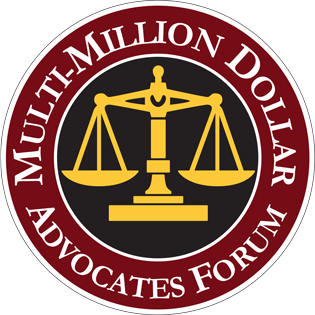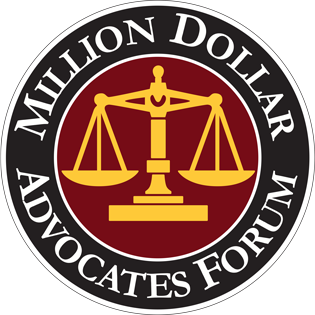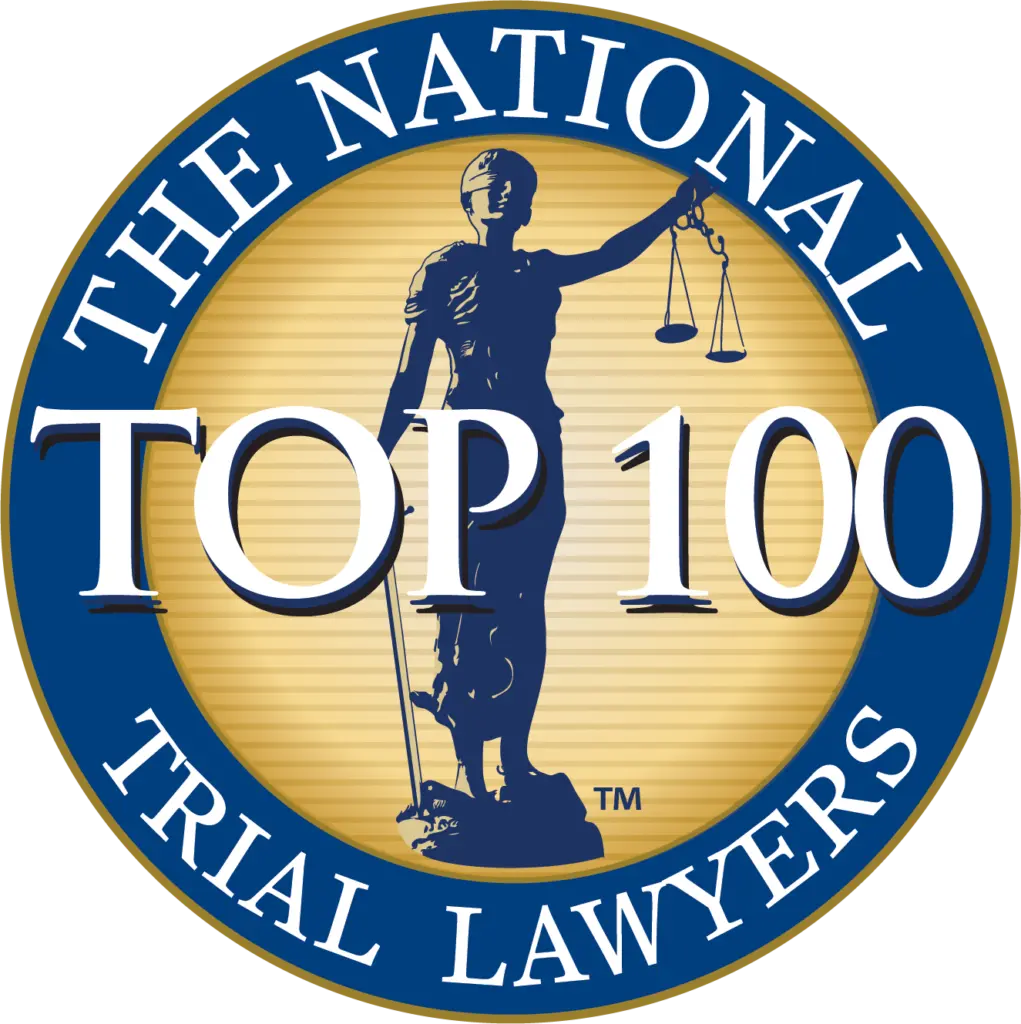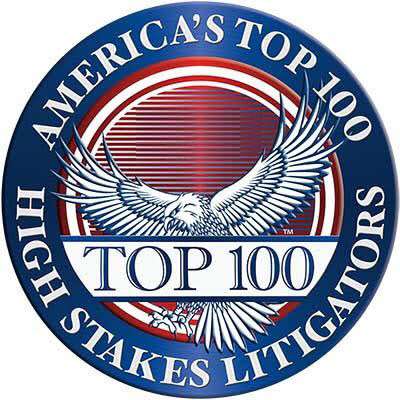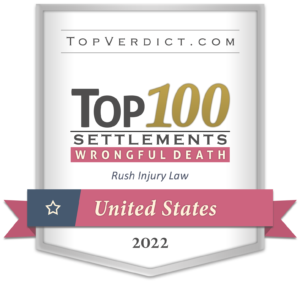Call For A Free Consultation
415-897-4801
Novato Corporate Office (Mailing Address):
10 Commercial Blvd #206 Novato, CA 94949
Offices Located In San Francisco, Oakland, San Jose, Walnut Creek, Pleasanton, Santa Rosa, Napa, Redwood City, Sacramento and Newark
Dangerous Staircases: How Improper Lighting Can Lead to Premises Liability
Staircases can present major fall and trip hazards if they are not properly maintained. Inadequate lighting on staircases compounds these risks significantly, making it difficult for people to see steps, handrails, and other important safety features. Property owners are responsible under premises liability laws to ensure staircases are reasonably safe. When poor lighting contributes to staircase falls and injuries, victims may have valid legal claims against negligent property owners.
The Dangers of Poorly Lit Staircases
Falls on staircases can lead to serious injuries such as sprains, fractures, traumatic brain injuries, and even death. Data analysis shows staircase accidents are responsible for over 1 million emergency room visits each year. These incidents commonly occur when people lose their footing or fail to grasp handrails in time to prevent an unbalanced fall.
Without adequate lighting, the risks of these dangerous missteps increase exponentially. Low light makes it incredibly difficult to fully visualize steps, see hazards in the pathway, and orient oneself properly while ascending or descending. Loss of depth perception due to shadows or dark surroundings impairs balance and judgment of distances between steps. Glare or intense light at the top and bottom of staircases can also temporarily ‘blind’ people and hide tripping hazards as they transition on and off stairs.
Specific injuries associated with poorly lit staircases include:
- Sprained or broken ankles and wrists from slipping on stairs and bracing falls
- Head trauma after losing balance and falling uncontrolled
- Severe bruising and abrasions from hitting steps and stair edges
- Fractured hips and pelvises – a leading cause of disability for seniors
- Broken teeth from uncontrolled impacts with stairs
- Torn knee ligaments needing surgery and extended rehabilitation
- Crushed fingers/toes or degloving injuries on stair edges
- Severe cuts and gashes requiring stitches if stair edges are sharp.
By failing to address lighting issues on their properties, building owners disregard staircase safety hazards and contribute negligence that leaves them vulnerable to liability when falls occur. Furthermore, for rental properties, landlords shoulder these legal obligations and premises liability risks if they neglect tenant staircase safety. Landlords must act quickly when notified of lighting concerns on staircases in their rental units and make necessary fixes to avoid injuries that prompt legal action by tenants or their guests.
Legal Standards for Safe Premises and Lighting
Under premises liability laws, property owners have legal obligations to provide reasonable levels of safety for visitors. This ‘duty of care’ means they must take steps to discover risks and then fix or provide warnings about hazardous conditions on their property. Staircase dangers and lighting issues are specifically covered hazards that should be evaluated and mitigated.
Building codes and construction standards also establish legal lighting requirements for different environments. Staircases generally mandate uniform lighting without glare or shadows that allows safe elevation changes. For example, OSHA regulations for workplace staircases require a minimum of 10 foot-candles of illumination along walking surfaces and landings. Building owners whose staircases fall below these types of lighting thresholds can be deemed negligent per se if injuries occur.
Additionally, the Americans with Disabilities Act (ADA) provides federal civil rights protections for those with disabilities, including legal standards for safe, accessible staircases. Poor lighting that hides step contrasts or obstructs the visibility of handrail extensions violates ADA staircase provisions. Owners can face lawsuits for such non-compliance.
By demonstrating inadequate staircase lighting contributed to a fall and injury, victims can establish strong premises liability claims for their damages. Settlements may cover all medical expenses plus additional amounts for pain/suffering, disability, lost income, etc. When lighting issues reflect a conscious disregard for safety, punitive damages against the property owner are also possible.
Gathering Evidence for Lighting-Related Staircase Injury Cases
While legal options exist, evidence is still necessary to prove liability. Plaintiff lawyers who handle staircase accidents and falls conduct detailed investigations to gather facts showing poor lighting conditions caused their client’s injuries. Strategies to establish these liability connections often include:
- Documenting current staircase light measurements that fall below safety standards
- Photographing glare issues and shadowed areas hiding hazards
- Interviewing witnesses about long-standing lighting issues or disabled bulbs
- Requesting past property inspection records that noted lighting deficiencies
- Examining blueprints to assess compliance with lighting requirements during construction
- Retaining expert witnesses to recreate lighting at the time of the fall and opine defects
By demonstrating that a property owner was aware of inadequate lighting but failed to take reasonable safety precautions, fall victims can prove liability that warrants compensation in their injury claim.
When Lighting Contributes to Dangerous Staircase Falls, Take Legal Action
Property owners are responsible for ensuring safe conditions in areas like staircases that are known fall hazards. Allowing inadequate lighting or other visibility issues to persist demonstrates negligence when people get injured. Holding negligent building owners accountable is entirely appropriate to cover damages that victims incur.
If you or a loved one has suffered an injury due to poorly lit stairs, consulting a personal injury lawyer is advisable to examine potential legal claims. An experienced personal injury attorney can collect lighting measurements, secure surveillance footage, retain experts, and take other actions to prove liability after your staircase fall. They can then negotiate assertively with insurers or file a lawsuit to gain the compensation you deserve for harm and losses. With representation focused specifically on fall cases, many victims recover significant settlements with minimal headaches or delays. Don’t wait to reach out for help determining your options and legal rights.
When filing premises liability claims over staircase falls, comprehensive evidence gathering and strategic legal advocacy are key for injured victims to gain fair compensation. An attorney experienced in investigating lighting deficiencies, establishing negligence, and calculating case values can make the difference in maximizing staircase fall lawsuit outcomes. Prioritizing legal help quickly helps secure time-sensitive evidence to prove your case.
If you’ve been involved in a staircase accident due to bad lighting or any other form of negligence, contact us today. Visit one of our offices at:
- 10 Commercial Blvd, #206 Novato, CA 94949
- 75 Broadway #202, San Francisco, CA 94111
- 3558 Round Barn Blvd, Suite 200, Santa Rosa, CA 95403
Or call us for a free consultation on (415) 897-4801.
Want A Free Consultation?
© 2025 Rush Injury Law. All Rights Reserved.




